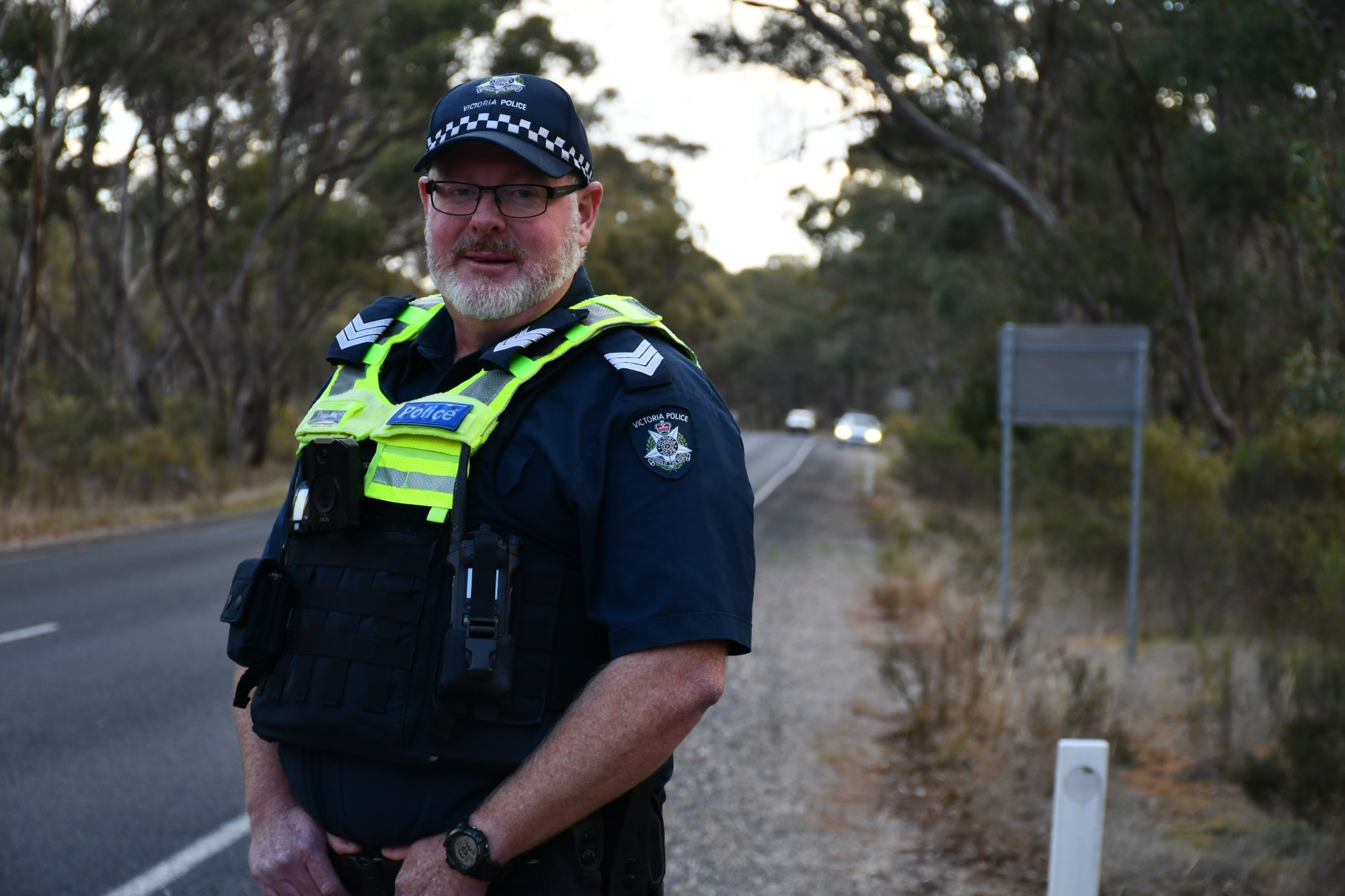General News
27 May, 2024
Message urges safety on roads this winter
Police have urged local motorists to drive with care as road conditions are set to worsen during winter. So far this year, 113 lives have been lost on Victorian roads, down 5 percent on 2023 which recorded the highest number of deaths since 2008...

Police have urged local motorists to drive with care as road conditions are set to worsen during winter.
So far this year, 113 lives have been lost on Victorian roads, down 5 percent on 2023 which recorded the highest number of deaths since 2008.
Over 58 percent of lives lost on Victorian roads in 2024 have occurred on rural roads and according to the State Government’s Victorian Road Safety Strategy, 38 percent of collisions resulting in fatalities occur on high speed rural roads.
The report also states that speeding contributes to at least 30 percent of deaths and 25 percent of serious injuries each year and found that a five kilometre per hour decrease in speed can reduce crash probability by 15 percent.
Central Goldfields Highway Patrol Sergeant Paul Martin said many local residents are developing dangerous habits of consistent low range speeding (over the speed limit by under 10km/h) which significantly increases the risk of crashing.
“Across the state, the stats certainly say there are a lot of people who are a little bit over [the limit] and they are not people you would consider to be hoons or anything like that,” he said.
“A lot of people set their cruise control on 110 km or 105 km in a 100 km zone thinking they will be ok, but if you go around a bend and if conditions change quickly, the difference between travelling at 100 km and 110 km is significant when it comes to trying to get yourself out of trouble.
“Even in our CBD area [in Maryborough] which is 40 km, when you have lots of distractions like pedestrians, parked cars, people coming and going, the difference between going 50 km and 40 km is actually pretty significant.”
According to Sgt Martin exhaustion and visibility are common factors behind crashes in the Central Goldfields after speed.
The Transport Accident Commission (TAC) recently launched Driving tired? Wake up to yourself, a road safety campaign targeted at driving while fatigued.
According to the TAC, tired drivers contribute to around 18 percent of fatal crashes in Victoria each year.
The campaign follows on from a joint study by the TAC and Monash University on the issue, which found drivers with four to five hours of sleep were four times more likely to crash.
“Fatigue is a fairly big one for us, we have had a number of collisions where people are driving long distances after work or after a night shift and lose control,” Sgt Martin said.
“A lot of people recognise when they are getting tired and sleepy and they will acknowledge they were getting tired but they thought they were ok to keep going and then next thing they are asleep.
“For the majority of people, around the two hour mark is probably when you should be thinking of taking a break, it doesn’t have to be a nap, it can be as simple as stretching your legs, having a caffeinated drink and breaking that monotony of driving.”
As we head into the colder months, Sgt Martin said motorists should get into the habit of using their headlights more often, as they play a pivotal role in being seen by others and tackling dangerous conditions.
“A lot of those collisions that are happening on the open road, the visibility of other cars seeing each other can be a massive factor,” he said.
“We have had scenarios on long weekends where people get impatient and are trying to get to the campsite before it gets dark and they are all trying to get past this caravan — that car coming towards you that doesn’t have their lights on and is hard to see, could be the one that ends up in a head on collision.
“Headlights draw your attention to other motorists and little things like that literally could save your life.
“A lot of people don’t realise that it is actually an offence not to have headlights operating in hazardous weather conditions like rain, fog or in other reduced visibility conditions.
“It is not an offence though to have your lights on all the time, so if in doubt turn them on.”
Sgt Martin said motorists should also take the time to ensure their vehicle is roadworthy as conditions begin to worsen.
“This time of year particularly we start to get those colder mornings, a bit of fog, black ice, slippery roads — that’s when you find out if your tyres are in poor condition, your wipers are worn out or your brakes aren’t up to scratch,” he said.
“Tyres, brakes, windscreen wipers and headlights are the main things that make a big difference and they are things that you don’t necessarily need to be a mechanic to be able to identify.
“They are easy things to spot and it won’t be until you have to stop quickly, on a wet slippery road, or on a sweeping bend that they realise those things are a problem and all of a sudden you are in a crash.”